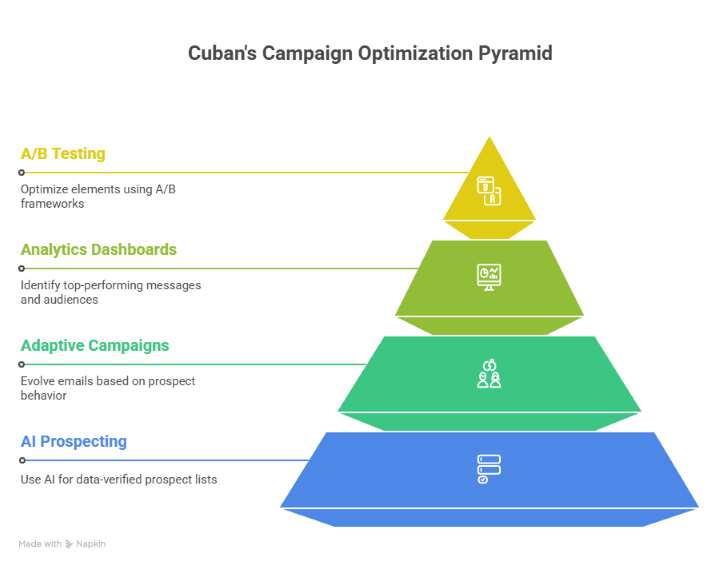
Does your organization see marketing in terms of cost outlay or of revenue generated? All too often, it’s the former, yet marketing is a key revenue driver. The problem is, it’s often hard to see because marketers have historically faced challenges with drawing direct lines between marketing activity and revenue. Once you put price tags on marketing outcomes, you’re able to determine exactly what you need to do to exceed sales goals.
The key to knowing where marketing revenue comes from is attribution. Attribution defines what goes into a buying decision in terms of marketing influence. Here’s a closer look at different attribution models and how marketing automation makes it possible to track them.
First and Last
One straightforward way to look at attribution is by looking at what initiated a decision and what immediately preceded it. In marketing terms, these are called first-touch attribution and last-touch attribution. Both are useful snapshots of a buyer’s state of mind at a particular moment in time. First-touch attribution tells you more about what a lead was thinking when first seeking information, while last-touch attribution can shed light on what a prospect was doing just before taking action.
By themselves, these simpler attribution models describe the beginning and end of a decision-making journey, but they aren’t as descriptive of the twists and turns it takes in the middle. For that, you need multi-touch attribution.
Multi-Touch Models
B2B buying decisions are the product of numerous smaller decisions, each of which takes a lead incrementally closer to the big choice: to buy or not to buy. Multi-touch attribution models, such as those available with marketing automation, reveal more about those other decisions and give them weight based on their contribution to conversions. As leads go on fact-finding missions, they visit on-site content, check out product spec sheets, download white papers, and attend webinars. Being able to assign value to these marketing efforts is the purpose of multi-touch attribution.
Another benefit of multi-touch attribution is that it allows you to track leads who enter your sales funnel from any point. We’re no longer working with a straight top-down model; leads now come into contact with you with a far greater range of sales readiness, and you need to know how to accommodate all of them. With multi-touch attribution, you gain a more nuanced view of decision-making that accounts for leads at all stages of the buying journey.
Attribution, whether it’s simple or complex, draws direct lines between marketing actions and sales. In an increasingly competitive marketplace, that’s essential for long-term success.
© Reach Marketing LLC 2017 All Rights Reserved.



